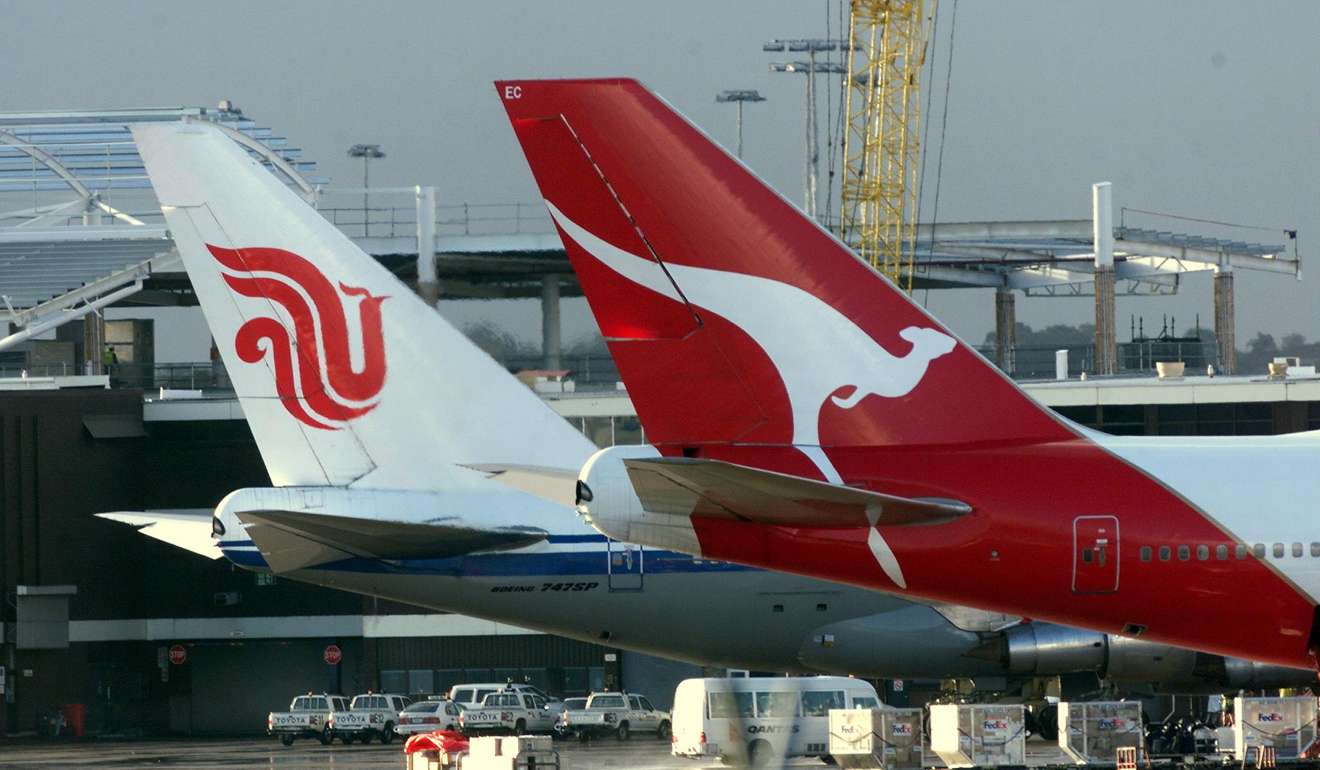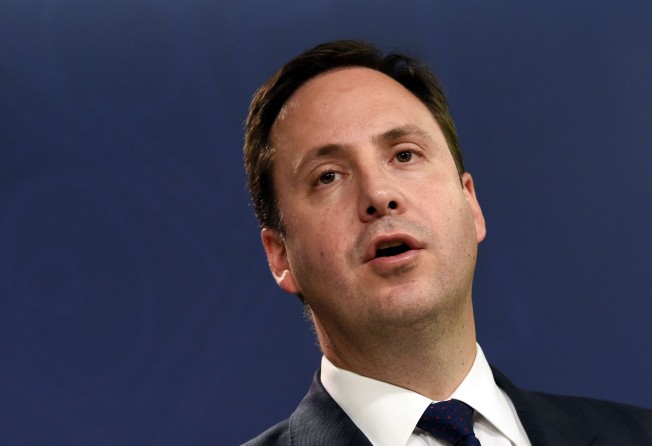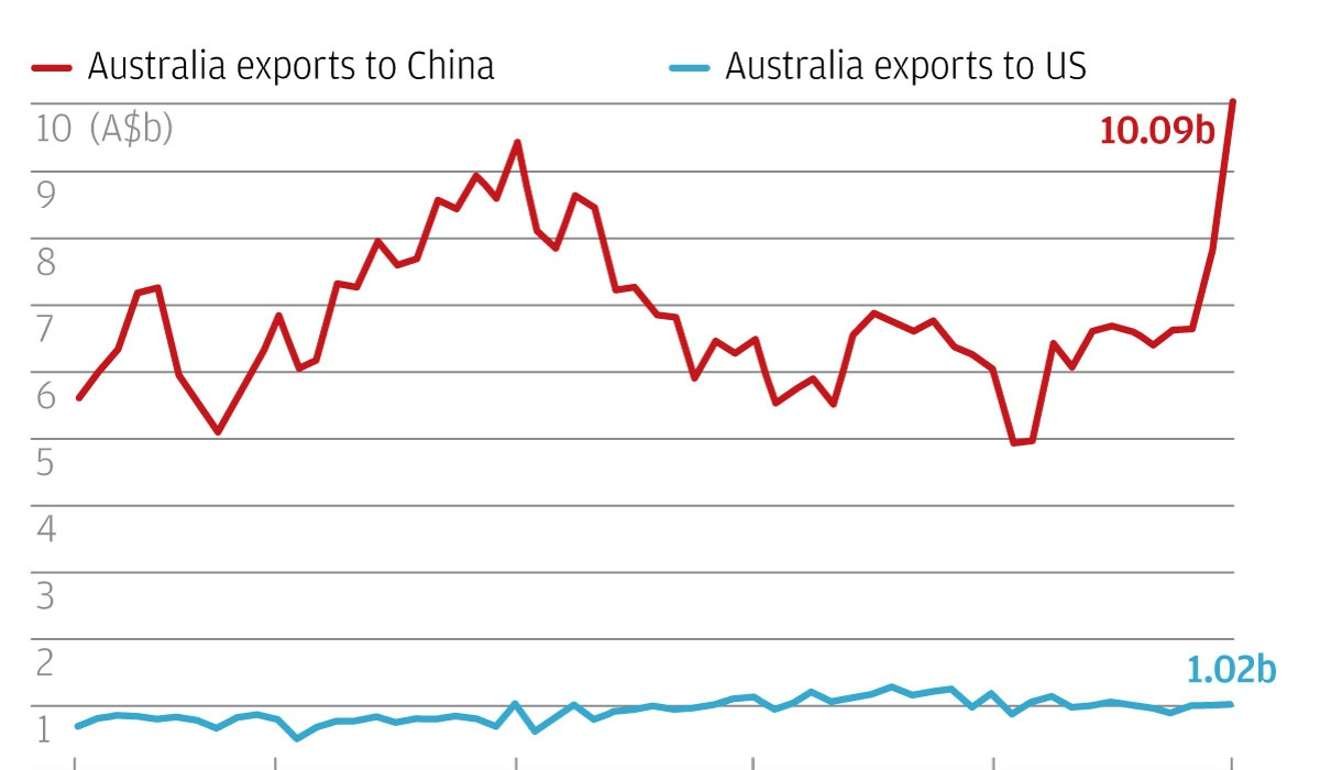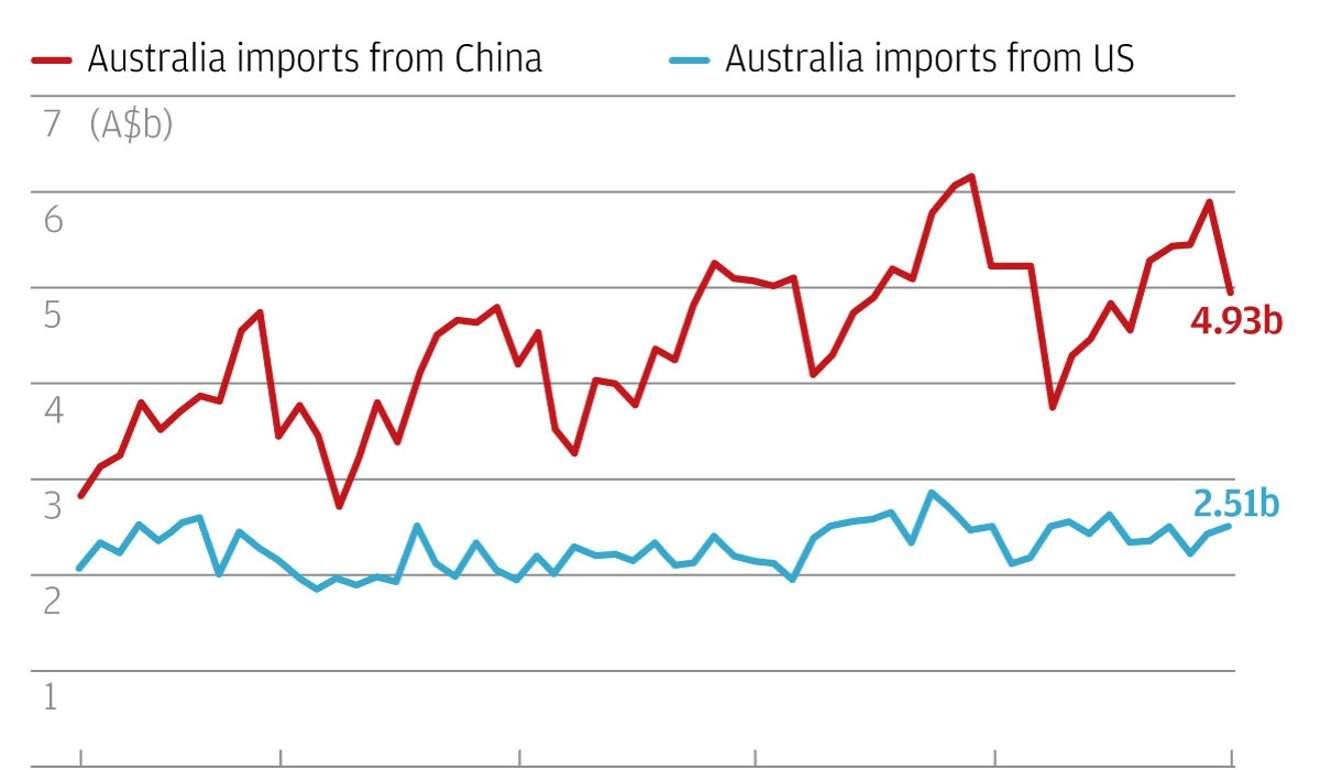
Trade war between US and China threat to global economy, says Australian trade minister

A trade war between the United States and China would pose a threat to the global economy, Australian trade minister Steven Ciobo warned.
Such a turn of events “would do nothing except cripple economies and hurt global growth”, Ciobo, Australia’s minister for trade, tourism and investment, warned during a visit to China last week.
“That’s not where Australia sees our future. Our future [is charted] through important engagement with key growth markets,” he said.
Ciobo led a delegation of business leaders to Beijing and Shanghai, where they met senior Chinese executives and government officials, including Xu Shaoshi, who has since stepped down as head of the National Development and Reform Commission.
Ciobo also discussed Beijing’s ongoing market reforms, saying he was optimistic about further liberalisation.

Foreign businesses operating on the mainland have been growing increasingly frustrated with limited market access, which gives their domestic competitors an advantage, and they have been lobbying through their governments and commerce chambers for Beijing to loosen the reins.

Ciobo said comments by President Xi Jinping at the World Economic Forum in Davos, Switzerland, in January had shown that China had a “proengagement, pro-trade foreign investment agenda”.
“And that ultimately is good news for China and good news for Australia,” he said.
China is Australia’s largest trading partner with the two-way exchange worth A$150 billion (US$119 billion) in 2015-16, according to Australian government statistics.
Ciobo said Australian companies’ market access had improved since the two nation’s free-trade agreement came into force in 2015. The deal saw Australia “well-placed” for some of the “best access in the world into the China market”, he said.

In an agreement on air service signed in December, the two governments also agreed to remove all capacity restrictions between Australian and Chinese airlines, allowing them to offer unlimited flights to and from each country.
Ciobo was accompanied by the heads of seven Australian airports, and one of the goals of the trip was to explore further cooperation under the air agreement.

The mainland is a significant source of visitors to Australia, with the number growing at between 15 per cent and 20 per cent annually, and the market set to be worth more than A$13 billion by 2020.
As a relatively small, open and outward-looking economy, Australia is reliant on international trade and multilateral trading systems.
Concerns over a trade war between China and the US have intensified since US President Donald Trump took office in January. Trump has accused China of being a currency manipulator and vowed to impose a 45 per cent tariff on Chinese imports. Beijing has warned a trade war will harm both nations.
On his first day in office, Trump announced the US’ withdrawal from the Trans-Pacific Partnership Agreement – a trade deal signed by 12 Pacific Rim countries. Attention has shifted to the China-backed Regional Comprehensive Economic Partnership, but the proposal has been criticised as lacking standards on par with the Pacific Rim plan.
Ciobo said Australia didn’t view the two frameworks as competing options and would continue to pursue both. “These kinds of plurilateral agreements are very important for small to medium-size exporters [in Australia] especially,” he said.